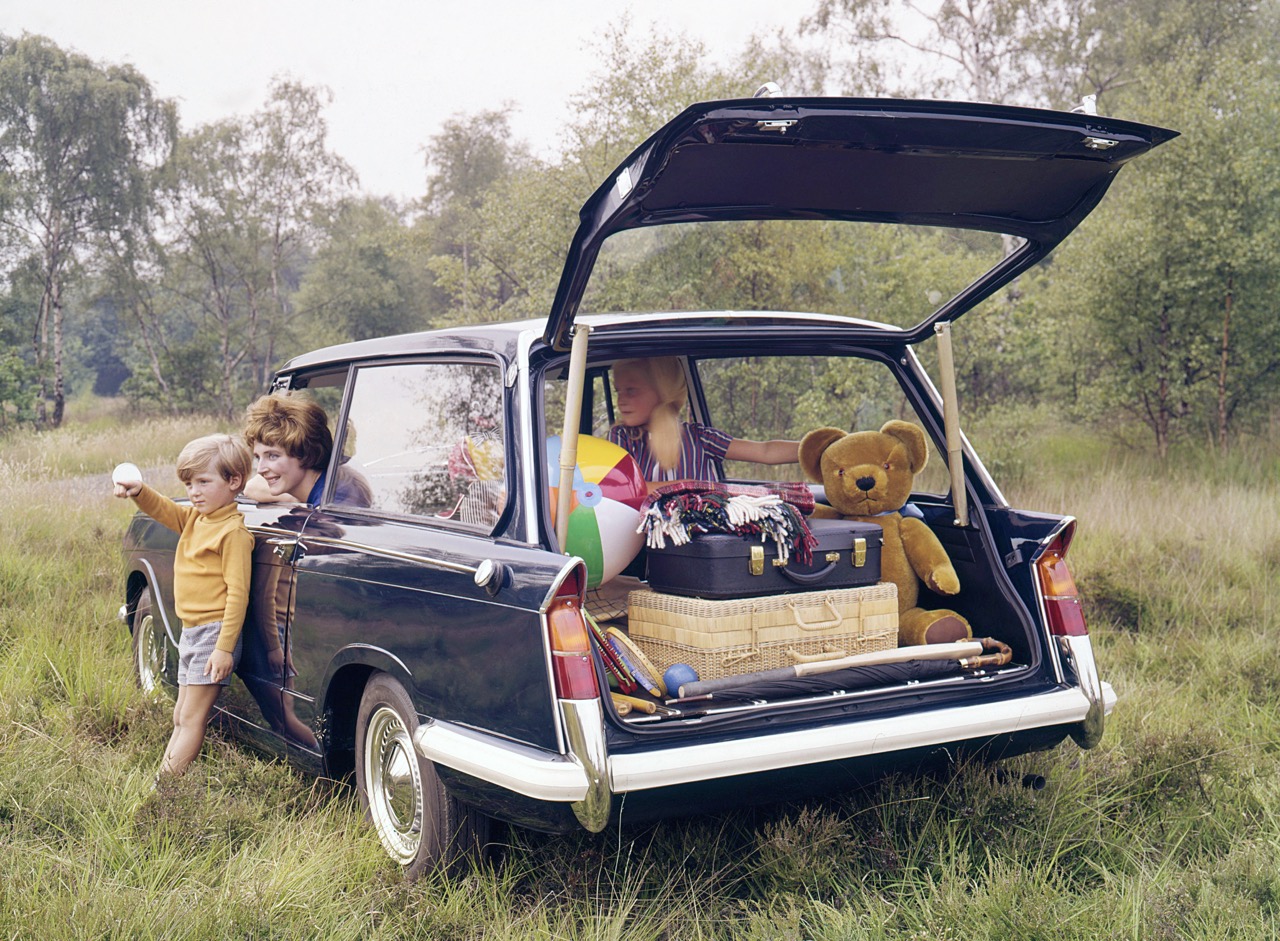Many’s the time my mum used to grumble about people knowing the price of everything and the value of nothing.
It’s an affliction I admit to. As a middle-aged bloke contemplating my fifth decade on this earth, and one who didn’t have the foresight to knuckle down and make a steady, prosperous living as a lawyer or city broker, it probably won’t come as a surprise that I look to extract maximum value when choosing our family car.

Every family needs a battle bus. It’s the car you’ll turn to when taking the long-forgotten contents of your loft to the tip. The first choice for throwing, in my case, a filthy, sodden and oh-so-pungent Cockapoo and Labrador into the boot. The car for shifting a small house-worth’s amount of stuff to university – mostly consisting of enough Aldi own-brand alcohol to open a cocktail bar. And the car for setting off at five o’clock in the morning for yet another summer holiday in Cornwall or Suffolk, to the entirely ungrateful chorus of “It would be nice to have a beach holiday in Greece or Croatia one year.”
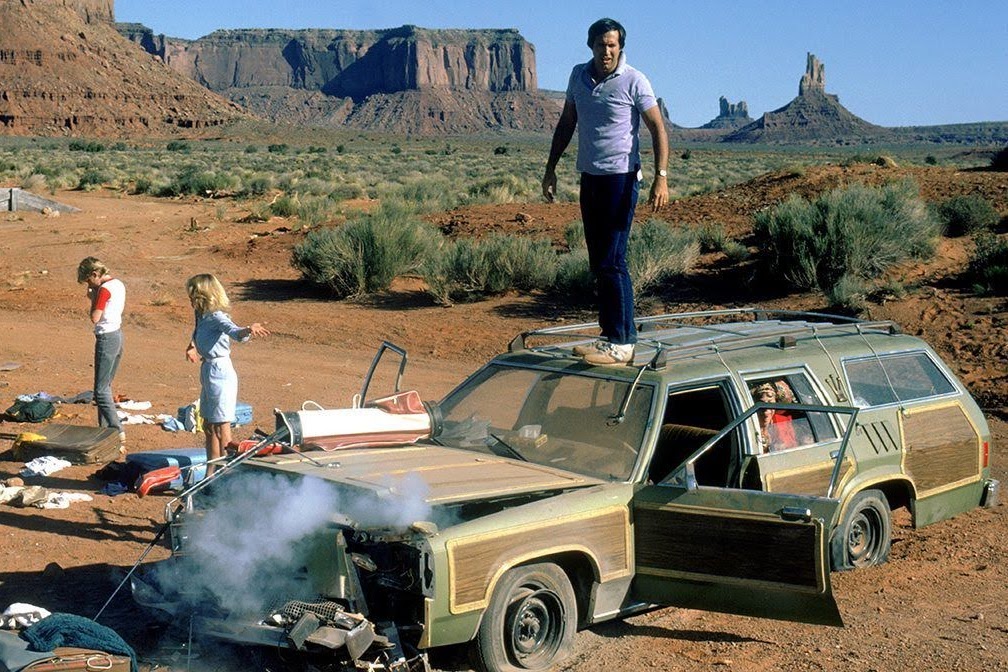
The thing about such workhorses is they can come in all shapes and sizes. One friend, who has no shortage of choice when it comes to driving something special each day, leans on his Fiat Panda 4×4 during the autumn and winter months, as nothing seems to stop the tenacious Italian terrier reaching its destination.
Given how long they’ve been around now, SUVs are rapidly falling within the battle bus/value for money Venn diagram. A handful of years ago, I bought a BMW M3 E46 off a journalist pal – Jesse Crosse, the former editor of Performance Car magazine and the bloke who gave one Jeremy Clarkson his first column – and when he collected me from the train station, he was in an original, six-figure-mileage BMW X5 30d, chosen because it was cheap, drove well for its type and – just like the millions of other SUV drivers out there – he liked how it sat you above the rest of the traffic.
Then there’s David, and his Ford Mondeo estate. He’s a mechanic, which gives him superpowers when it comes to buying up well-worn cars: He can sniff out opportunity like a bear can smell that Spam sandwich in your tent. So when a part-exchanged Mondeo was about to be scrapped because its 2-litre diesel engine had ripped up its cambelt, he paid £200, rebuilt everything and it’s kept on trucking past 170,000 miles. What does he use it for? Aside from commuting to work, it spends its life collecting firewood from the forest, its boot filled with logs from top to bottom with the seats down (they’re never up). The inside of that car quite literally resembles the forest floor. But he doesn’t care because he’s got better things to be spending his money on.
I bought a £1500 Golf from my brother-in-law and it proved a perfect second car for a handful of years, losing only half that when I sold it on. There was a £4000 Honda Accord Tourer – you know, the Cog advert car – which did a couple of years service until Mrs Mills could no longer bear its “recently deceased owner” vibe.
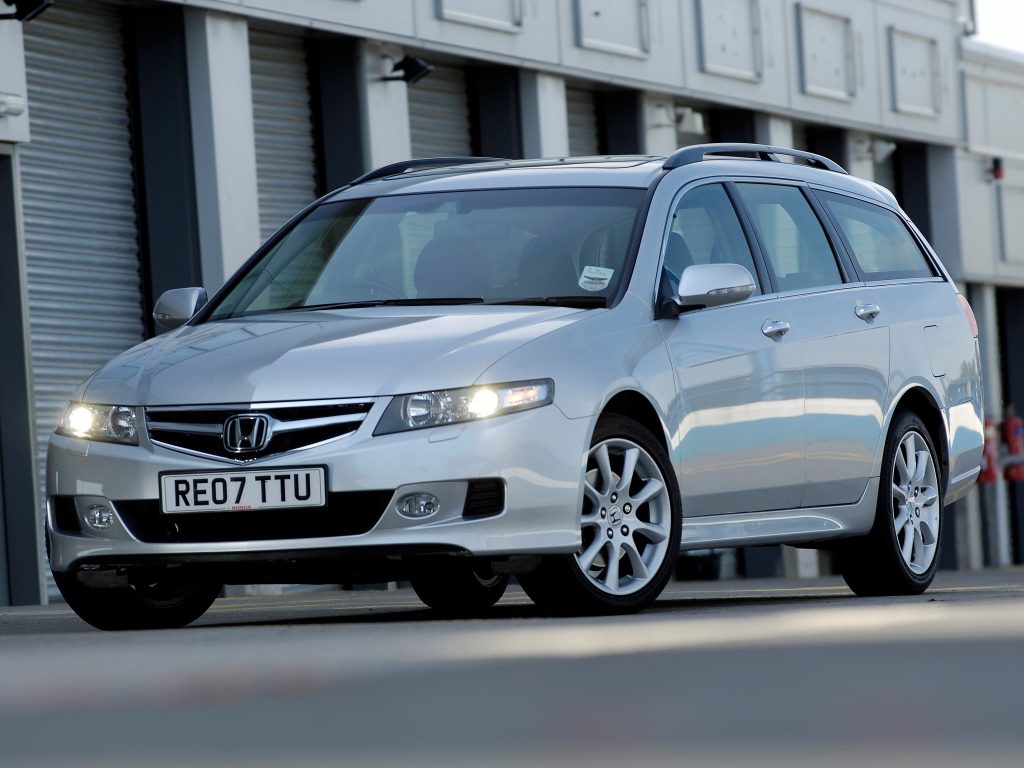
The car I have had more experience with than most, however, is the Mercedes E-Class estate.
I’m now onto my fourth. The first one was a seven-seat W210 E320 CDI, which seemed like a lot of car for the £5000 at the time. And it was, physically, a lot of car. The unapologetically hearse-shaped body made it almost as cavernous as anything you’d find hauling stone from a quarry. But within a couple of years it became clear I’d missed the telltale signs of impending woe – rust. It began to rot like a shipwrecked hull. And then I mistakenly filled it with petrol . . . the day we were setting off for a family holiday. In Suffolk. Again.
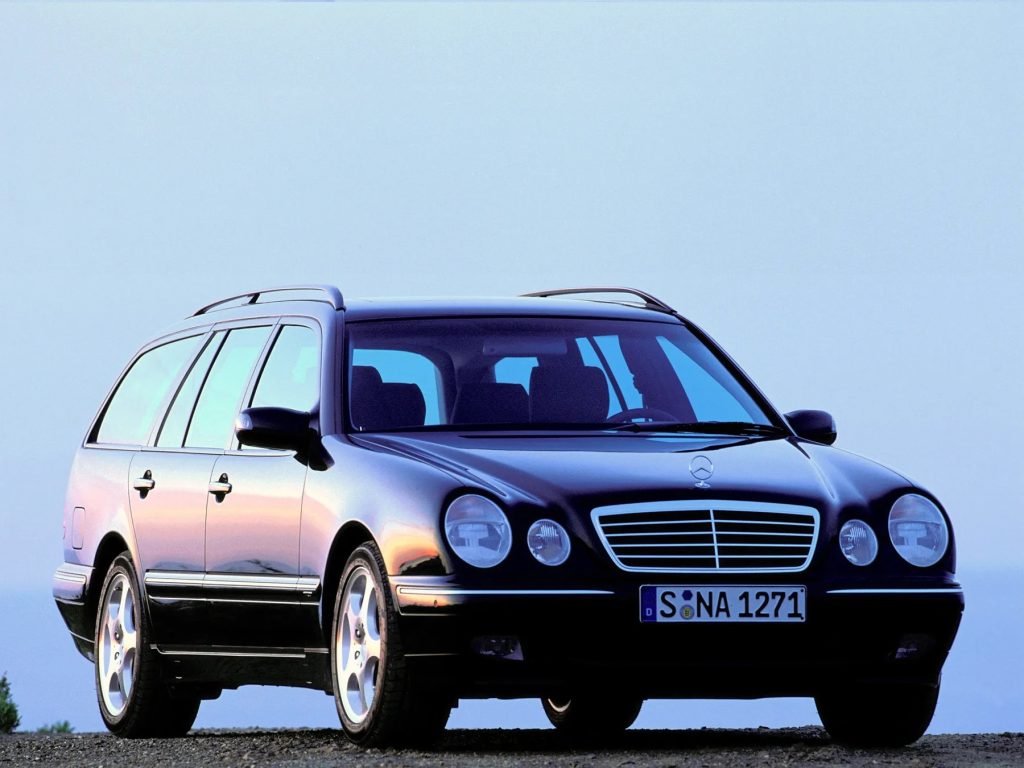
Then I tried to be too clever for my own good. I looked up the cheapest approved-used seven-seat E-Class on the Mercedes site and did a deal on a part-exchange for the rotter. The snag? It was a 220 CDI (W211), which meant it performed with all the zeal of a windmill on a still day.
At this point, I took leave of my senses. In 2013, I poshed up and splashed out on very swish, three-year old, seven-seat W212 in E350 CDI Sport spec, paying too much money for a car that would be treated by my family with all the affection of the shoe cupboard under the stairs. It did us proud, but at the end of the three-year PCP I saw sense and unhooked myself from the drug of finance. At which point the Accord Tourer entered the picture and Mrs Mills threatened divorce.
Yet that Honda, with its curiously of-the-era ruffled leather seats, did us proud in the financial stakes. It never let us down and cost less than a couple of grand in depreciation over three years. The fact it led to matrimonial strife is a moot point.
After all that time, I felt I’d figured out the value equation when choosing a battle bus. You need something that is smart enough so that when your partner is behind the wheel, they remain content with their decision to accept your marriage proposal. The children must be sufficiently comfortable that they are happy to be immersed in the world of their smartphone for the five hours it takes to reach the tip of Cornwall. And the mountain of luggage, the smelly dogs, the rarely used roof rack and equally rarely used kids bikes, the frayed sofas, the broken fridges, and all the other stuff that makes up the life of a family car has to fit with ease into the boot (695 litres, since you’re asking), and, if we’re being picky, be managed by self-levelling rear suspension.
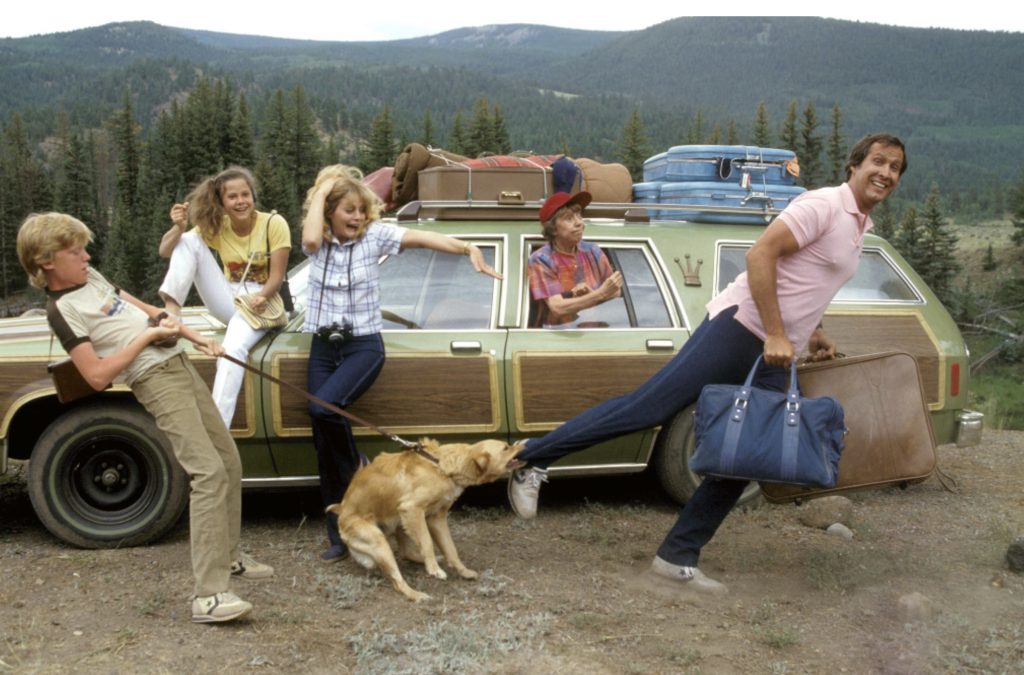
Estate cars are, in my experience, the best solution when it comes to loading a pile of crap. The fact they drive that bit better than an SUV and, to my mind at least, radiate a calming classlessness, is a Brucie Bonus.
And that’s how, three years ago, I stumbled across a 2010 E350 CDI Sport. It had had one lady owner for most of its low-mileage life (50,000), and then a friendly, older gentleman bought it and realised it annoyed him that it wouldn’t fit in his garage unless the door was left ajar. At which point, yours truly turned up, took a test drive, ran a history check, and shook on a deal.
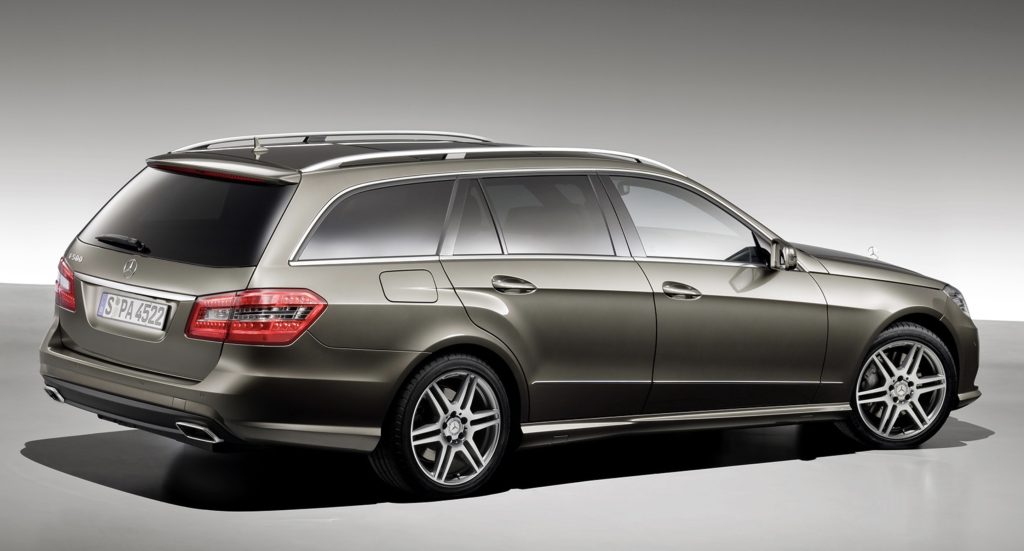
I appreciated the original buyer’s taste. The Indium Grey metallic paint is complemented by Almond Biege leather and ash wood trim, and there’s a tilting and sliding panoramic glass sunroof. This would have been a £40,000 car in 2010. Yet in 2021, when I gave it a new home, it still looked as-good-as-new and only cost £9000.
It’s been worked hard in my care. We’re now approaching 100,000 miles, and all it has needed is a replacement rear suspension airbag. Oh, and there was a recall for its actual airbag, as it found itself caught up in the Takata scandal. But routine servicing aside with a local specialist, it’s doing exactly what it was meant to do: serve faithfully and not expect any thanks in return.
Three years later it’s still going strong. And there haven’t been any threats of separation. If that isn’t good value, what is?
